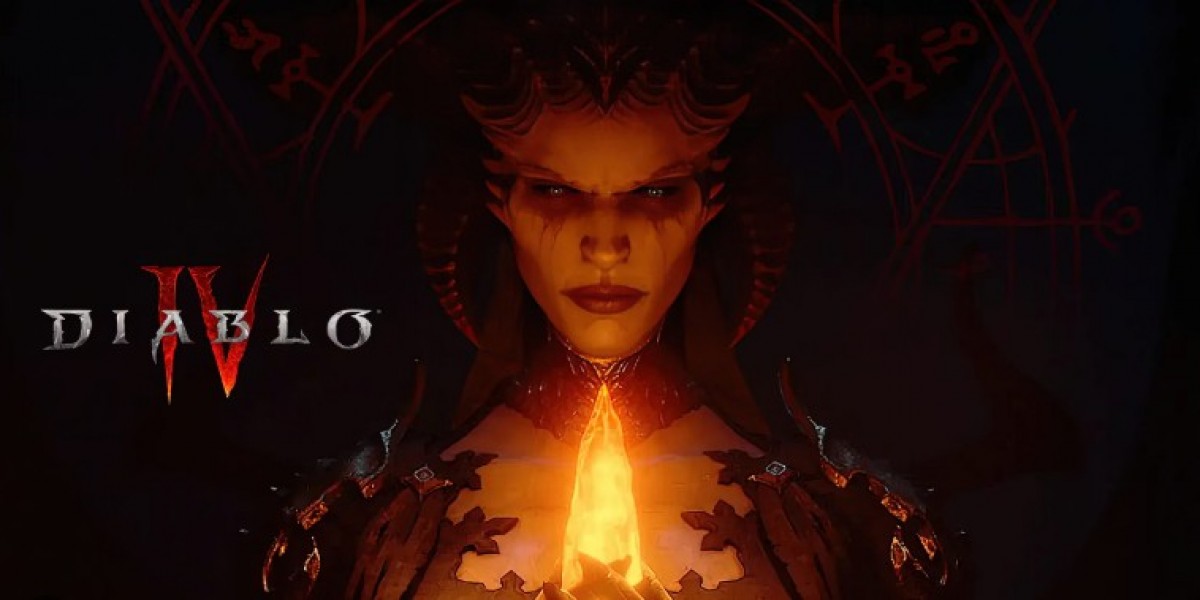In today's fast-paced digital economy, animation stands out as one of the most effective tools for driving engagement and telling brand stories. From product launches to explainer videos and even sophisticated marketing campaigns that are content-rich, animation serves as a vital communication asset far beyond what static visuals or even live-action video can offer.
However, the question that is often asked is whether your brand would benefit more from 2D or 3D animation.
Let’s discuss the main differences between 2D and 3D animation styles, their impacts on brand perception, and which one aligns better with your strategic business objectives—whether it is brand awareness, increasing conversions or improving your animation marketing efforts.
What Is 2D Animation?
2D Animation is a style that features characters and backgrounds on a flat, single plane. Consider ancient cartoons or motion graphic videos. It features drawings, typography, and design that give the illusion of movement and storytelling.
Benefits of 2D Animation:
Cost-effective: Easier and quicker to produce compared to 3D.
Simple & clean visuals: Ideal for clear messaging and for explainer videos.
Timeless style: Works well for both professional and playful branding.
Great for motion graphics for marketing: Perfect for product infographics, social media, or highlighting product features.
Best For:
Startups with tight budgets
Brands looking for animated explainer videos
Educational content and tutorials
Campaigns that prioritize clarity over realism
What Is 3D Animation?
3D animation incorporates depth, realism, and more advanced movement. It gives the illusion of three dimensions enabling lifelike environments, dynamic camera angles, and detailed textures.
Benefits of 3D Animation
Visually immersive: Great for grabbing attention and telling sophisticated stories.
Realistic product visualization: Showcase your offerings with stunning detail.
High engagement: Perfect for interactive content and immersive experiences.
Scalable for multiple platforms: Most useful in the context of the AR, VR and web configurators.
Best For:
Companies that want to develop 3D animated movies that stimulate the imagination.
Tech and ecommerce firms needing animations to portray their intricate products.
Luxury products that are enhanced by realism.
Companies that concentrate on conversion rate optimization through brand storytelling.
2D vs 3D Animation: Comparing Key Factors
Let's simplify the analysis to focused criteria of each multi-faceted strategy:
| Feature | 2D animation | 3D animation |
|| Cost | Less expensive | More expensive due to modeling and rendering |
| Production Time | Faster to produce | Longer production cycles |
| Visual Style | Flat, stylized, illustrative, symbolic | Realistic and dynamic |
| Use Cases | Explainer videos and tutorials, mobile content | Virtual tours, commercials, product demos |
| Engagement | Effective and succinct | Deeply engaging and rich visuals |
| Flexibility | Straightforward to adjust | Adjustments are complicated and time-consuming |
| Brand Tone | Corporate, friendly, sophisticated | Polished, premium, or futuristic |
How to Decide: Choosing What’s Right for Your Brand
If you doubt which avenue to take, consider these five guiding factors that could help you.
1. How Would You Like To Set Your Brand Identity?
Your brand’s voice and visual identity should dictate your animation style.
Is your brand playful, youthful, or minimalist? → Then, 2D will fit right in.
For high-detail, tech-forward, or luxury brands? → They are 3D animation shows, which add the wow factor.
2. What's Your Budget?
Cash-strapped? 2D would be an effective and efficient choice for tighter marketing teams or startups as it saves costs.
In case of increased marketing budgets or investor funding, 3D animation may become worthwhile to focus attention and increase conversions.
3. How Complex Is Your Message?
2D animation generally offers great clarity in simplifying complex ideas and is the best for services or concepts.
3D animations ooze immersion and excel at visualizing physical products, mechanical processes, or environments.
So if your aim is clarity, choose 2D. For dazzle, it’ll likely be 3D.
4. What Platform Are You Using?
For social media, mobile-first campaigns, or internal training? → 2D is light and adaptable.
For product showcases, web configurators, or trade show screens, 3D becomes the go-for due to richer detail and interaction.
5. What are your conversion goals?
For the most part, if you are trying to increase conversions, the animation must not only capture attention but also energize, clarify, and steer users toward specific actions.
2D animated explainer videos can effectively enhance a sales pitch for SaaS and other service-based businesses.
Interactive content for 3D animated videos allow users to experience the product and build trust and the intent to purchase.
Both styles can be powerful sales conversion tools depending on the message, the format must be aligned with the message.
Real-World Examples
2D Success Story:
An animated explainer video helped a fintech startup clarify the features of its mobile app. The simple animations made financial tools feel approachable. This led to a 20% increase in onboarding conversions.
3D Success Story:
An e-commerce brand that sells ergonomic chairs created a 3D animation showing the inner mechanics and textures of their product fabric. This, along with an interactive AR preview, increased conversions by 35% on product pages.
Bonus tip: You Can Mix Both!
You do not have to pick one style and stick to it forever. Rather, take inspiration from other brands who utilize 2D and 3D animation in a single piece to create maximum impact.
As an example:
Feature 2D characters in a stylized setting with 3D backgrounds.
Begin your video with a 2D animated intro, then transition to the 3D product animation.
This hybrid methodology allows you to manage costs, while still maintaining aesthetic appeal.
Conclusion: It’s a matter of strategy and not 2D vs 3D
There is no single superior option between 2D and 3D animations, it varies depending on your brand’s objectives, target market, budget, as well as the message you want to convey.
✅ Opt for 2D if your primary goal is to quickly, and inexpensively, articulate a service or product proposition.
✅ Opt for 3D if the objective is to deliver a visually striking narrative, or when detailing an immersive product advertisement.
✅ Combine the two when constructing a multi-layered campaign that has a need for flexibility and intricate detail.
Regardless of the approach you opt for, incorporating animation will fortify your animation marketing strategy, bolster your online presence, and support conversions through engaging narrative-driven advertisements.
































